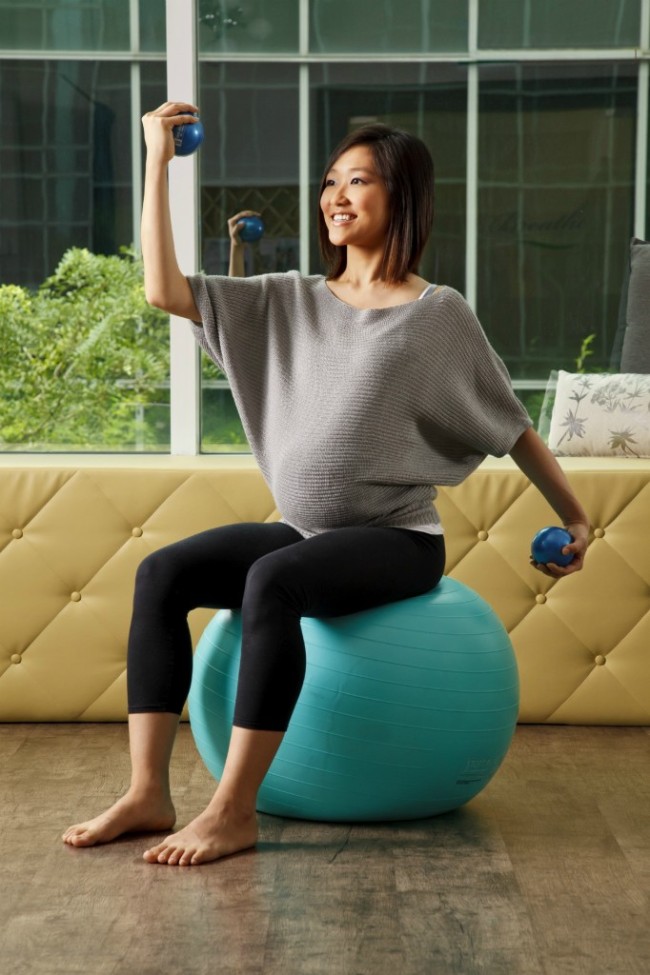
Pregnancy and Pilates
You’ve probably already heard that Pilates is great during pregnancy, seen results from lots of celebrities who swear by Pilates and are now wondering what exactly Pilates does during pregnancy. For those who are expecting or know someone who is, we explain the science behind prenatal Pilates.
Pregnancy is an important time in every woman’s life and should not be a state of confinement. Pregnant women with uncomplicated pregnancies should be encouraged to keep active and continue to engage in physical activity. However, it is important to note that exercise in pregnancy is to improve or maintain muscle tone and not to control weight gain or to correct posture.
There are numerous physical changes happening during pregnancy, including the production of relaxin, a hormone that causes your ligaments and muscles to become more lax, resulting in unstable joints. In addition, the additional weight of the foetus can result in increased curvature of the spine, altered posture and maladaptive muscle patterns. In summary, these symptoms predispose pregnant women to back pain.
Pilates helps to manage these symptoms by strengthening the deep core muscles, hamstrings and deep gluteal muscles to provide muscular support. Having good muscular support will reduce the stress on the joints, resulting in less maladaptive muscle patterns, thereby helping to reduce or even completely eliminate pain. Stretching and mobilization exercises done in Pilates to release the overactive muscles will also help reduce soreness and discomfort.
In addition, pelvic floor exercises, which are an important component of Pilates, will help reduce the additional pressure from the foetus on the pelvic floor. This will in turn reduce the occurrence of pre- and post-natal urinary incontinence.
A developed pelvic floor and deep core control will also help during labour. Plus, strong muscles have a good blood supply which will also help to speed up post-delivery healing.
Another common condition that occurs in pregnancy is distasis recti, which is the separation of the rectus abdominus (the six-pack muscle). This is due to excessive exertion of tummy muscles that are stretched during the natural course of pregnancy. In Pilates, the focus is on using the deep core muscles, which help to act as a corset to support the abdomen during pregnancy, thereby decreasing the separation of these muscles during and after pregnancy.
Perhaps the most important part about pregnancy is realizing that you’ll soon be bringing a new life to this world. With the help of Pilates, your journey into the next phase of life will be made easier as studies have shown that exercise during pregnancy promotes the release of hormones that reduce the risk of pregnancy complications as well as to help combat pregnancy related depression by improving body image and increasing self esteem.
Originally written for InTheLoop – Singapore’s first online lifestyle magazine for yoga, pilates, health and fitness.
Share — Facebook Twitter
 WHATSAPP
WHATSAPP




